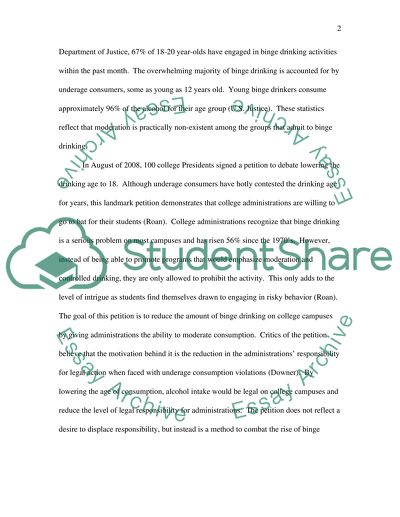Cite this document
(“The Perceptions of Alcohol Consumption in American Culture Research Paper”, n.d.)
The Perceptions of Alcohol Consumption in American Culture Research Paper. Retrieved from https://studentshare.org/health-sciences-medicine/1525867-argumentive-essay
The Perceptions of Alcohol Consumption in American Culture Research Paper. Retrieved from https://studentshare.org/health-sciences-medicine/1525867-argumentive-essay
(The Perceptions of Alcohol Consumption in American Culture Research Paper)
The Perceptions of Alcohol Consumption in American Culture Research Paper. https://studentshare.org/health-sciences-medicine/1525867-argumentive-essay.
The Perceptions of Alcohol Consumption in American Culture Research Paper. https://studentshare.org/health-sciences-medicine/1525867-argumentive-essay.
“The Perceptions of Alcohol Consumption in American Culture Research Paper”, n.d. https://studentshare.org/health-sciences-medicine/1525867-argumentive-essay.


